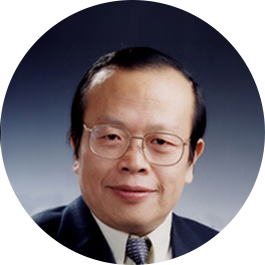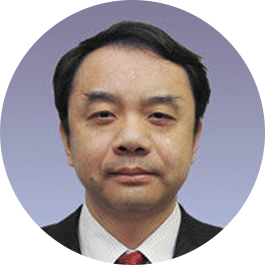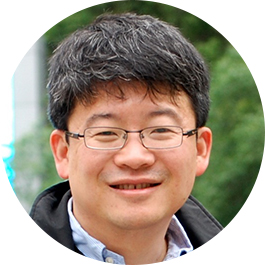
ZHU Bangfen was elected as academician of Chinese Academy of Sciences in 2003 and became a fellow of Institute of Physics in 2012. Once acting as the visiting professor at many internationally famous universities, now he is the vice president of Chinese Society of Physics and chief editor of Chinese Physics Letters. During his life, he won many grand prizes, including the second prize of state natural science award (1 program), first prize of natural science award of CAS (1 program), second prize of natural science award of CAS (2 programs), first prize of the 8th session of Chinese Excellent Science and Technology Books and distinguished young scholars of Hong Kong Facts Science and Technology Foundation, etc. He together with Mr. Huang Kun established the semiconductor superlattice optical phonons theory, which was named as “Huang-Zhu Model” by the international academic circle and produced relatively great influence in the world. His research is in the multi-disciplinary area of condensed matter physics theory. Special attention is paid to the electronic and phonon structure in low-dimensional semiconductor systems and nanostructures, and the ultrafast optical process in semiconductors.


Dr. DING Hong is a chair professor of Tsung-Dao Lee Institute in Shanghai Jiao Tong University. He obtained his BS degree in physics from Shanghai Jiao Tong University in 1990 and his PhD degree in physics from University of Illinois at Chicago in 1995. He was a Postdoctoral Fellow in Argonne National Laboratory from 1996 to 1998. He joined the Department of Physics at Boston College as assistant professor in 1998 and became associate professor in 2003 and full professor in 2007. He joined the Institute of Physics, Chinese Academy of Sciences in 2008. He joined Tsung-Dao Lee Institute in 2022. Over the past 20 years, he has made important contributions to understanding of high temperature superconductors (including cuprates and iron pnictides) by measuring their electronic structure and superconducting gap using angle-resolved photoelectron spectroscopy He has published more than 180 papers with a total citation number over 9000 and has given more than 80 invited talks in international scientific conferences. He has received Aladdin Lamp Award from the Synchrotron Radiation Center, Wisconsin in 1995, Sloan Research Fellowship Award in 1999, Distinguished Research Award from Boston College in 2003, APS Fellow in 2011, and Thomson Reuters Highly Cited Researchers in 2014.

TANG Chao is a Chair Professor of Physics and Systems Biology at Peking University. He had his undergraduate training at the University of Science and Technology of China, and received a Ph.D. degree in Physics from the University of Chicago. In his early career, he worked on problems in statistical physics, dynamical system and complex systems. In 1987, along with Per Bak and Kurt Wiesenfeld, he proposed a concept and developed a theory for self-organization in certain complex systems, which they coined self-organized criticality. The model they used to illustrate the idea is referred to as the Bak-Tang-Wiesenfeld "sandpile" model. His current research interest is at the interface between physics and biology. Specifically, he focuses on systems biology and works on problems such as protein folding, cell cycle regulation, function-topology relationship in biological networkand cell fate determination. He was a Professor at the University of California San Francisco before returning to China full-time in 2011. He is a Fellow of the American Physical Society, the founding director of the interdisciplinary Center for Quantitative Biology at Peking University and the founding Co-Editor-in-Chief of the journal Quantitative Biology.
